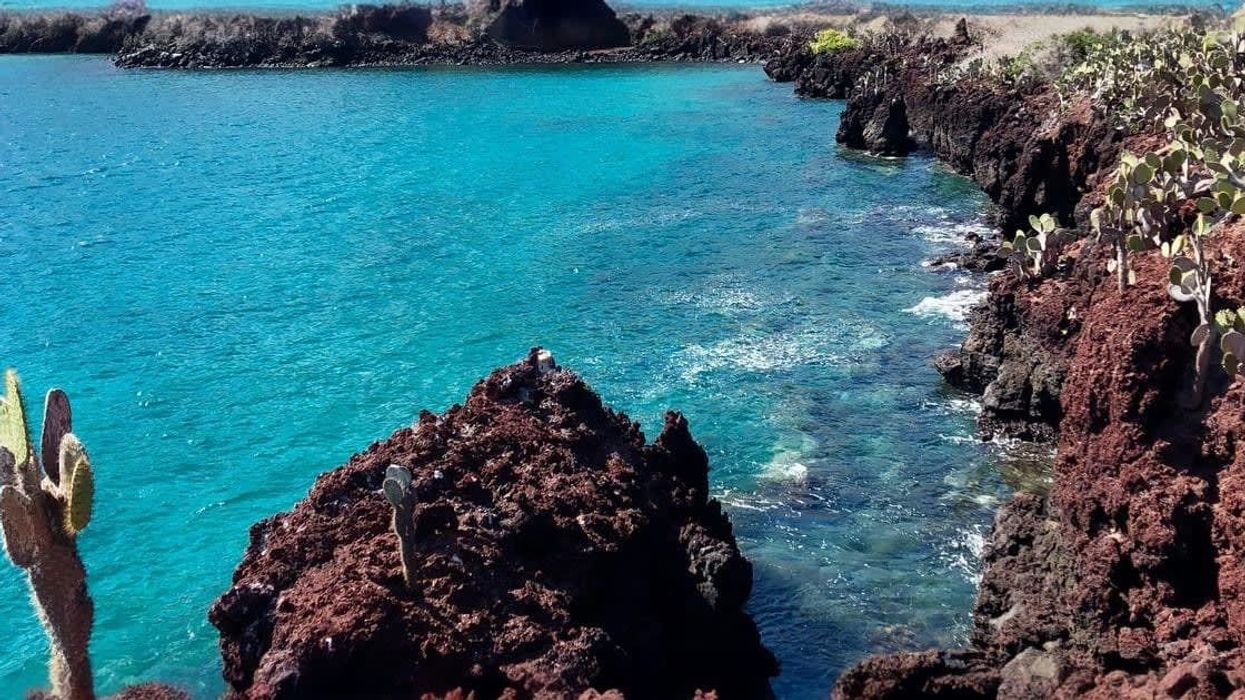Panama, Ecuador, Colombia, and Costa Rica, all with Pacific coastlines, have united to link their marine reserves into a single interconnected area, aiming to protect one of the ocean's richest biodiversity hotspots. The newly formed Eastern Tropical Pacific Marine Corridor (CMAR) will cover over 500,000 square kilometers (or 200,000 square miles), banning fishing to protect crucial migratory routes for sea turtles, whales, sharks, and rays.
Announced at COP26 in early November, the collaboration arose from widespread concerns over overfishing by foreign fleets and unregulated local fishing, both of which have threatened fish populations. The creation of this preserve should help protect both commercial varieties of fish as well as rare species that thrive within CMAR's borders.
Just as all the world leaders here have called for action not words, I believe this is a concrete action on behalf of Ecuador that goes beyond any words we can say here,” Guillermo Lasso, President of Ecuador, told the Guardian after the announcement of CMAR. Lasso added that the plan, which supposedly involves one of the largest debt swaps for conservation in history, was “an absolutely direct response of middle-income countries with a commitment to humanity."
This action represents the first time countries with connected maritime borders have joined forces in order to create a cooperative public environmental policy for those borders.
According to Alex Hearn, a British marine biologist who has worked in the Galapagos Islands for twenty years, the eastern tropical Pacific is “one of the last bastions of what ocean biodiversity would look like in a pristine world." As such, the area is incredibly important for scientific research.
Scientists are hoping that this protection of the connectivity between the areas will help support the populations of highly migratory species which have been falling in recent decades. This includes turtles, rays and sharks, and especially the critically endangered species of hammerhead sharks that breed around some of the Galapagos islands.
While the creation of CMAR marks a significant achievement, ocean researchers aim to extend this level of cooperation and protection, targeting 30% of the world's oceans by 2030.
More on Good.is
Oregon Marine Reserves - Oregon Department of Fish and Wildlife
GOOD10 // The Oceans Issue // The Leader: First Lady of Palau ...
GOOD10 // The Oceans Issue // The Voice: Sylvia Earle - GOOD

















 Yonaguni Monument, as seen from the south of the formation.
Yonaguni Monument, as seen from the south of the formation. 




 A soldier relaxes on his bedCanva
A soldier relaxes on his bedCanva Gif of a child breathing deeply via
Gif of a child breathing deeply via 
 Take a moment to forget the world outside the headphones and just relax.
Take a moment to forget the world outside the headphones and just relax.  Lean back and unwind to the right music.
Lean back and unwind to the right music. 